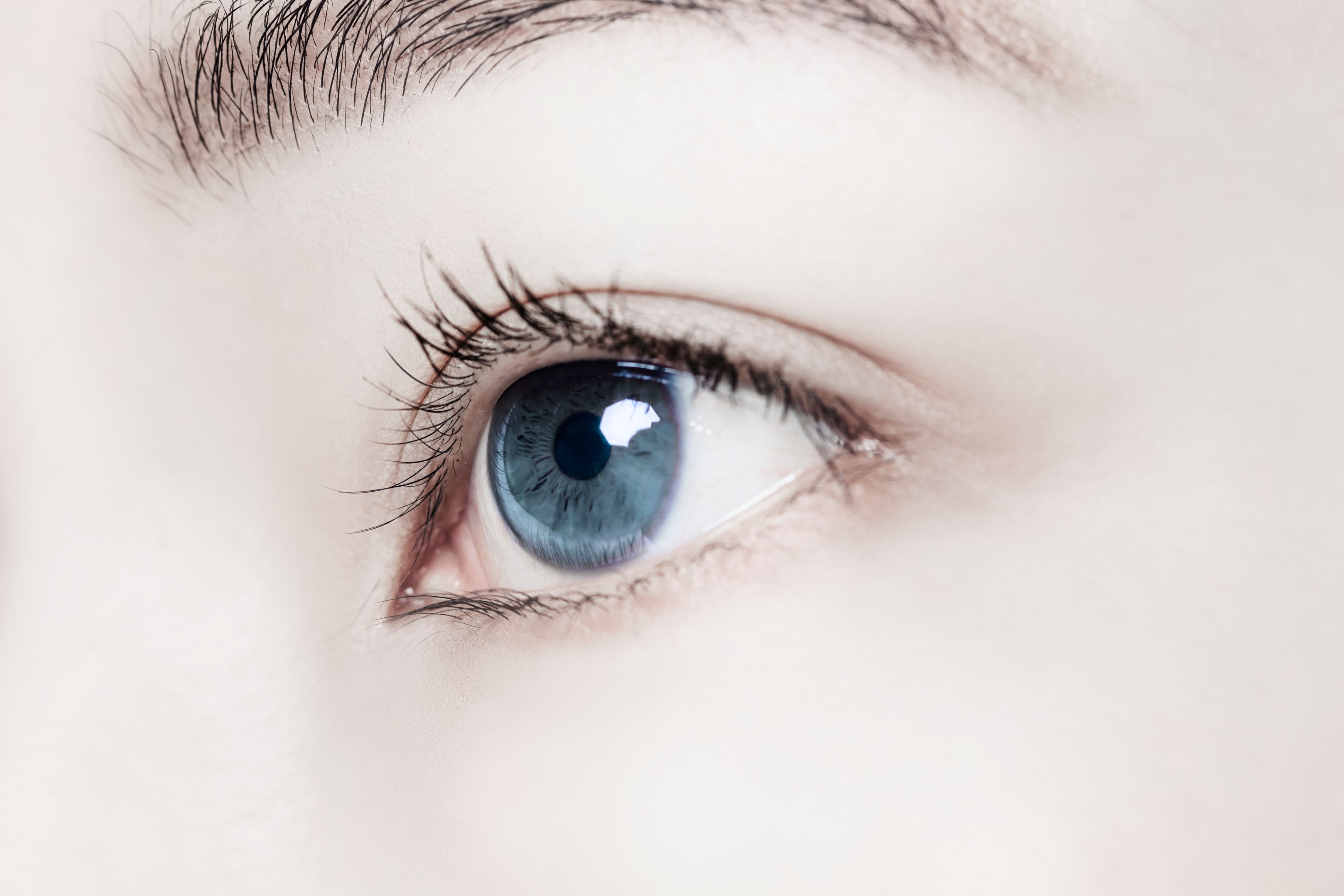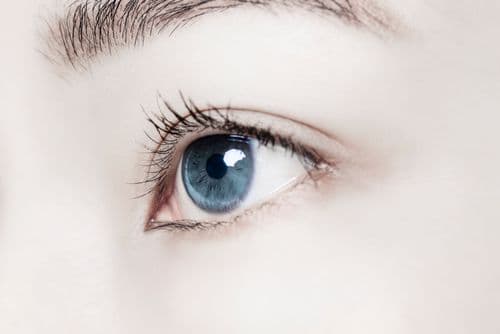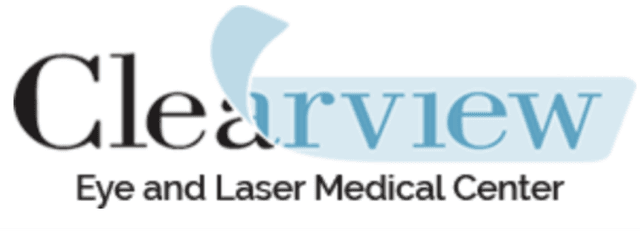


Monovision is a cutting-edge corrective vision method for treating presbyopia, an age-related refractive vision disease that impairs the ability to focus on objects at close range. Presbyopia typically begins around the mid-40s and is a condition that affects nearly all individuals as they get older and aged. Presbyopia is due to the eye's lens becoming less flexible, and therefore, the ability to focus on things nearby becomes more difficult. Monovision is when one eye is corrected for near vision, and the other is corrected for distance vision, and the brain then has the ability to "balance" between the two.
In this article, we will examine the different types of monovision, as well as the surgical methods of monovision and the pros and cons of each type. You will learn how monovision is used in LASIK procedure and cataract surgery, as well as how monovision is used in contact lenses.
Monovision is a corrective method that is designed to address presbyopia. Rather than relying on reading glasses or bifocals as traditional methods do, monovision alters the vision for each eye separately. Typically, one eye (usually the dominant eye) is corrected for distance vision, while the fellow eye is corrected for near vision. The brain learns to use the two inputs and merge the visual information to provide the person with functional vision at changing distances.
Although this seems complicated, the brain is remarkably skilled at adapting to this system. Over time, the majority of people adjust to this split-focus design, enabling many daily activities without glasses or other visual devices.
There are different ways to achieve monovision, both surgical and non-surgical. Each type has its own advantages and disadvantages and will suit people differently depending on their lifestyle, general ocular health, and unique vision requirements.
Monovision contact lenses provide vision correction without surgery to treat split-focus vision. For this method, the practitioner prescribes different contact lenses for each eye; for example, one lens corrects for distance vision and the other lens corrects for near vision.
Monovision LASIK is a laser vision correction procedure for the treatment of presbyopia. It leverages the LASIK procedure to surgically optimize one eye for distance vision and the other for near vision (like the concept of monovision contacts).
Monovision cataract surgery merges cataract surgery in a vision correction procedure. The procedure is accomplished by removing the eye’s cloudy lens and replacing it with an artificial intraocular lens (IOL). One eye is adjusted for near vision, while the other eye is adjusted for distance vision. This adjustment mimics the mechanics of monovision.
Monovision with intraocular lenses (IOLs) is a form of vision correction, where each eye is given a different power lens, one for distance vision and one for near vision, to decrease glasses dependency and improve the ease of daily activities. Many people will adapt well to this. However, they may have difficulty with depth perception, or just may not feel visually balanced. To assess an individual’s candidacy for monovision, local ophthalmologists will often do a monovision trial using monovision contact lenses prior to surgery. Both the pros and the cons of this option can help someone make a good decision whether monovision is an option for them and if it might fit into their lifestyle and vision demands.
Monovision laser correction can involve procedures including either LASIK or PRK (Photorefractive Keratectomy), which will reshape the cornea and provide monovision correction. The laser reshapes the cornea of one eye to improve near vision, while it reshapes the other eye to improve distance vision. The goal is to harmonize the vision between the two eyes so the patient has improved near and distance vision using less bifocal or reading glasses.
Laser vision correction techniques such as LASIK have grown in popularity because they can offer very precise vision correction and long-lasting results.
Monovision offers numerous advantages, particularly for those looking to reduce or eliminate their reliance on reading glasses or bifocals. Let's examine the primary benefits of monovision.
The most significant benefit of monovision is that it allows individuals to see reasonably well, both near and far without the need for reading glasses, bifocals, or progressive lenses. Therefore, they enjoy increased freedom in everyday activities such as driving, reading, or working on a computer.
Many people no longer need to purchase expensive bifocals or prescription glasses when they use monovision. Therefore, the initial expense of surgery or contact lenses can lead to savings in eyewear as you will not need prescription glasses or reading glasses.
One of the advantages of monovision is the convenience of improved vision at all distances which provides a better quality of life for many patients. Individuals are able to be involved in activities without needing to move multiple pairs of glasses to change visual fields.
There are many options for people to use monovision, such as contact lenses or surgical options. Monovision can be tailored to fit the individual's preferences and needs. The power can be altered for the distance eye or the amount of correction can be adjusted if surgery is performed.
Although monovision has its merits, it can also have disadvantages that persons considering monovision should keep in mind.
A key disadvantage of monovision can be decreased depth perception. Since the two eyes do not focus on the same distance, activities that rely on depth perception such as driving or sports may be more difficult to complete. This can be even more problematic when lighting conditions are low.
Usually, not everyone will adapt very well to monovision. For many patients, their brains may not adapt well to the difference in vision. When this happens patients may develop headaches, eye strain, or discomfort. In some, the patient may never adapt properly and find the monovision set up unbearable.
Monovision can affect a person's ability to see at night sometimes. The difference in visual focus between the two eyes can create issues with glare, halos, or starbursts around lights in low-light situations or when driving at night.
Monovision LASIK and cataract surgery are permanent, which means that any negative or unintended consequences of the surgery may be almost impossible to reverse or eliminate altogether. This is practically a disadvantage for patients who do not tolerate monovision well.
Monovision is not ideal for everyone, but it can be a highly effective solution for certain individuals. Typically, people who are good candidates for monovision are those who:
It’s essential to consult with an eye care professional to determine if monovision is the right choice. Some doctors may recommend a trial period using monovision contact lenses before committing to a surgical option.
Read Also - How to Prevent Cataracts & Protect Your Vision?
Monovision, a flexible vision correction method, can be extremely beneficial for individuals with presbyopia. It can be accomplished with contact lenses, LASIK surgery or cataract surgery as an alternative to full-time reading glasses or bifocals. Although, the benefits (such as increased visual freedom) must be evaluated against the negatives (such as reduced depth perception and the difficulty of adapting to the difference between eyes).
Individuals interested should have a thorough discussion about options with an eye care professional while being educated about what to expect from the procedure. For those enduring beneficial adaptation, monovision can highly improve their quality of life by providing clarity at different distances.
Q1. How does monovision work?
Ans: Monovision laser eye surgery corrects vision by setting one eye for distance and the other for near vision, helping people with presbyopia or cataracts. The brain adapts to using each eye accordingly. It can be achieved through contact lenses, LASIK, or cataract surgery. However, it may affect depth perception.
Q2. Can monovision be achieved through surgery?
Ans: Yes, monovision can be achieved through surgical procedures such as LASIK, PRK, and cataract surgery. In these surgeries, one eye is corrected for distance vision and the other for near vision, enabling individuals to see clearly at various distances without relying on glasses.
Q3. Are there any alternatives to monovision?
Ans: Yes, alternatives to monovision include multifocal contact lenses and multifocal intraocular lenses (IOLs). Multifocal contact lenses have different zones for various distances, while multifocal IOLs, implanted during cataract surgery, provide clear vision at multiple ranges.
Q4. Can monovision be reversed?
Ans: Monovision achieved through contact lenses is reversible by discontinuing their use. However, surgical monovision procedures, such as LASIK or cataract surgery, are generally permanent. It's advisable to trial monovision with contact lenses before opting for surgery to ensure compatibility.
Q5. What is the adaptation period for monovision?
Ans: The adaptation period for monovision varies among individuals. Some people adjust quickly, while others may find the experience disorienting or uncomfortable. It's common to have a trial period with monovision contact lenses before considering permanent surgical options to ensure compatibility.

Call Us: (858) 452-3937
8:30AM - 7:00 PM - Monday through Saturday (Saturday until 11:30AM)